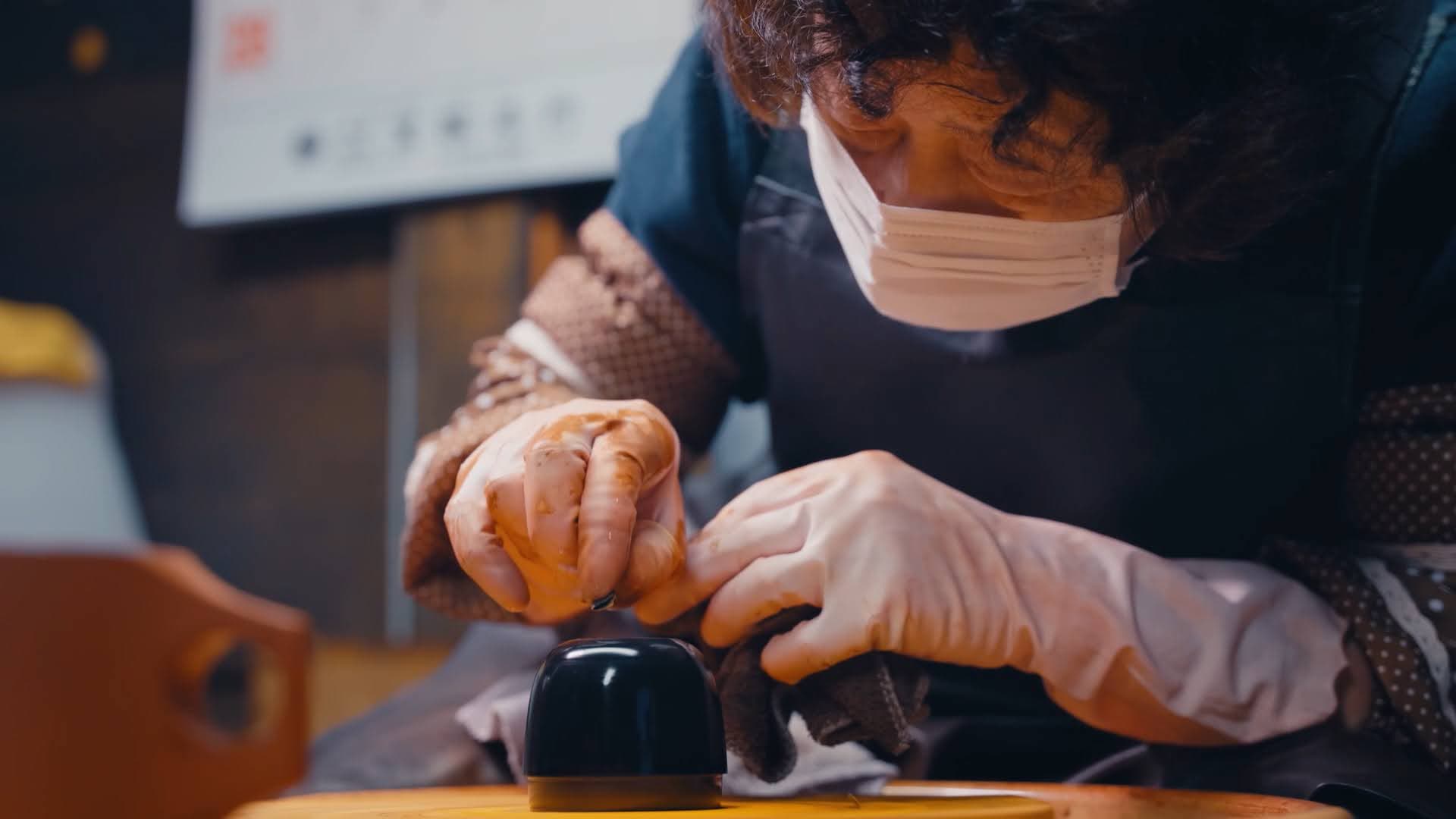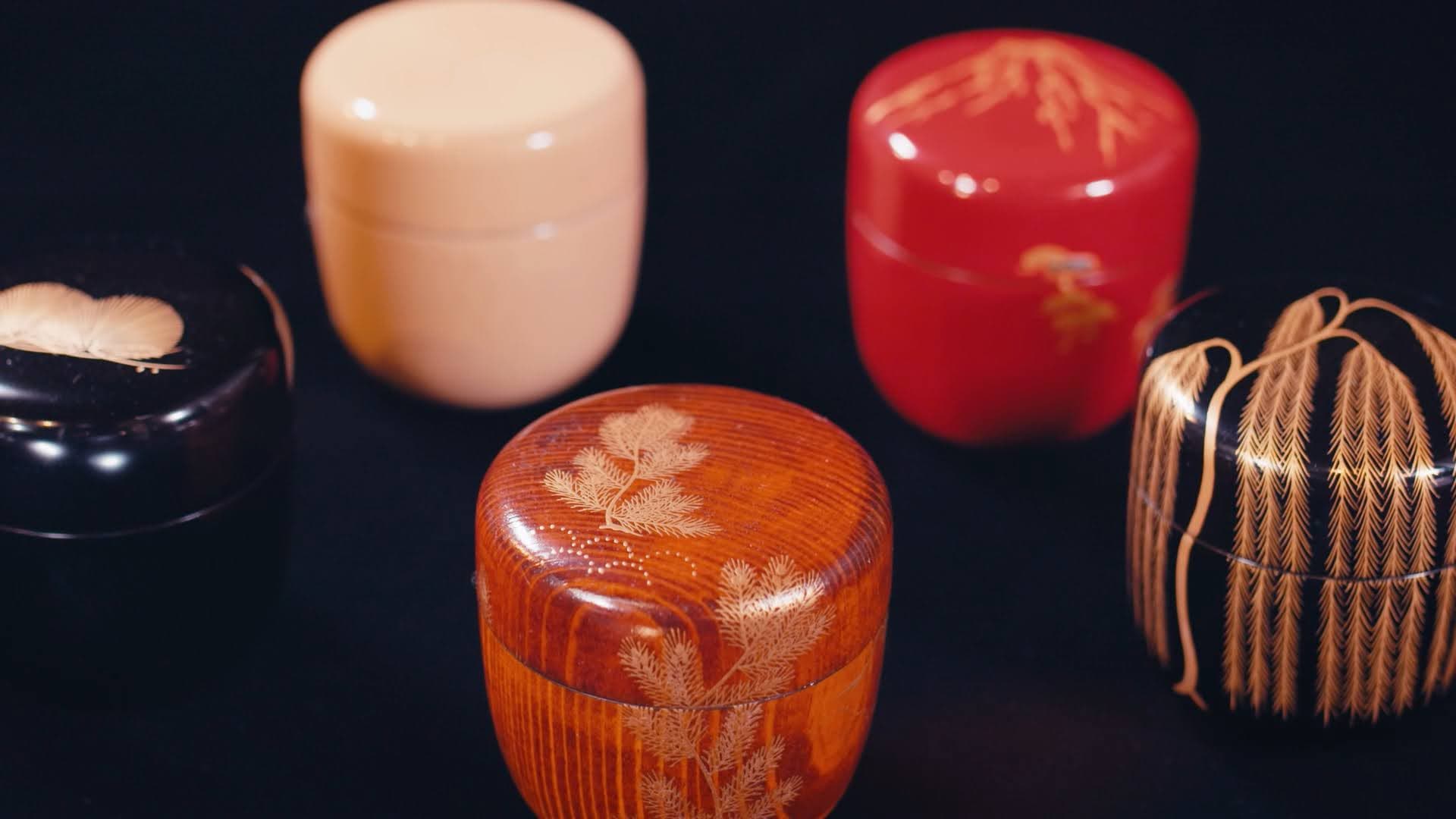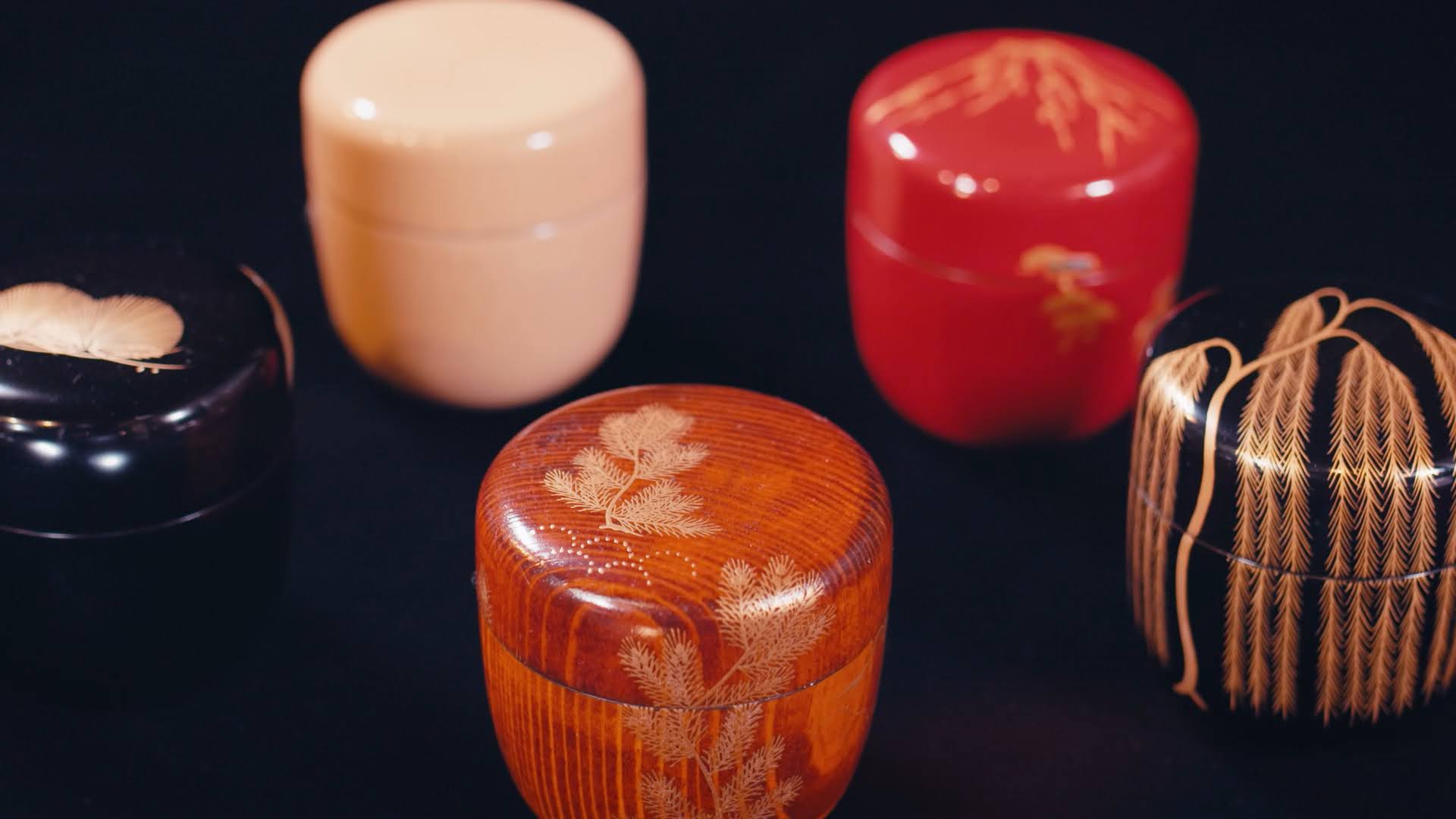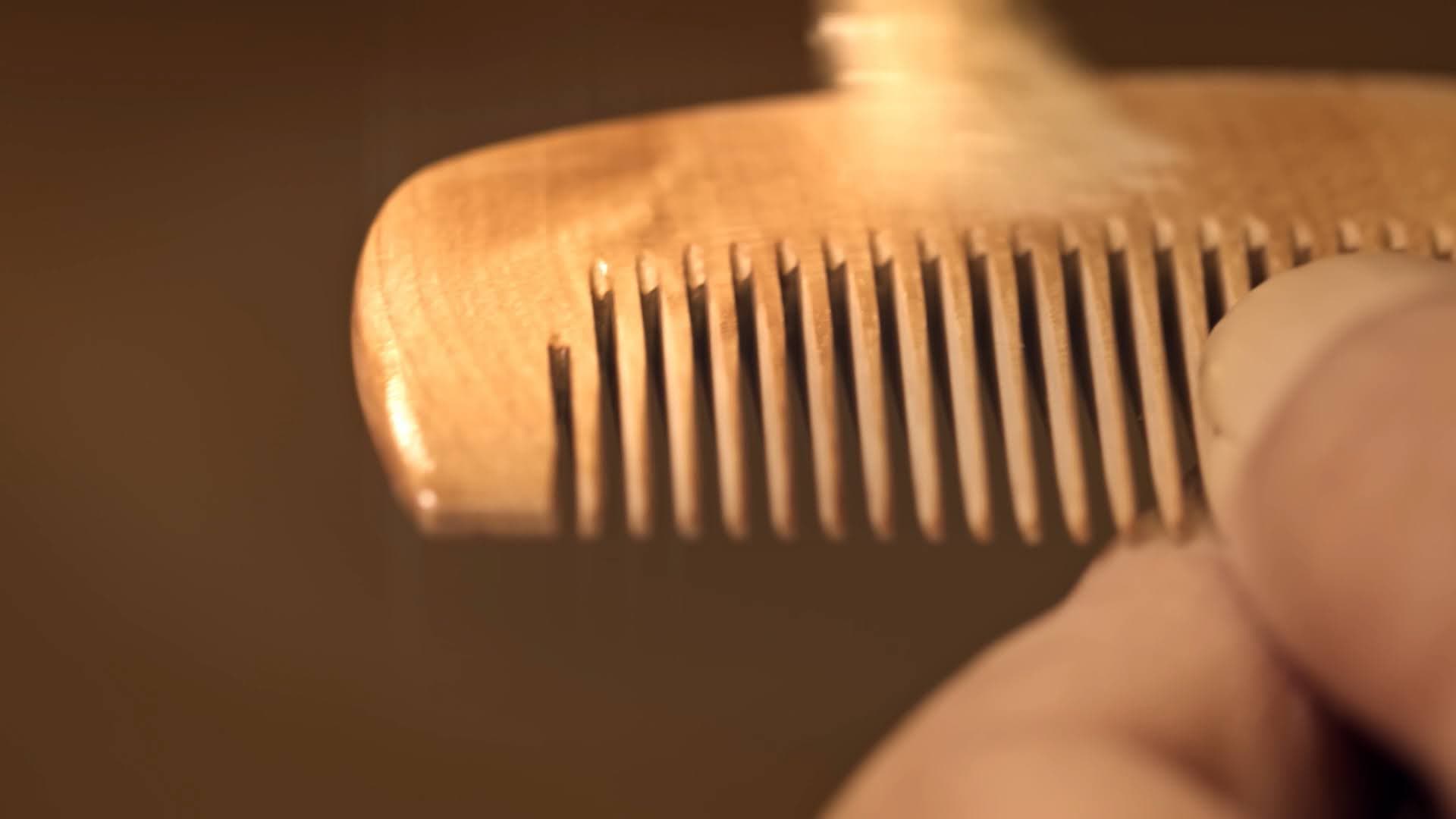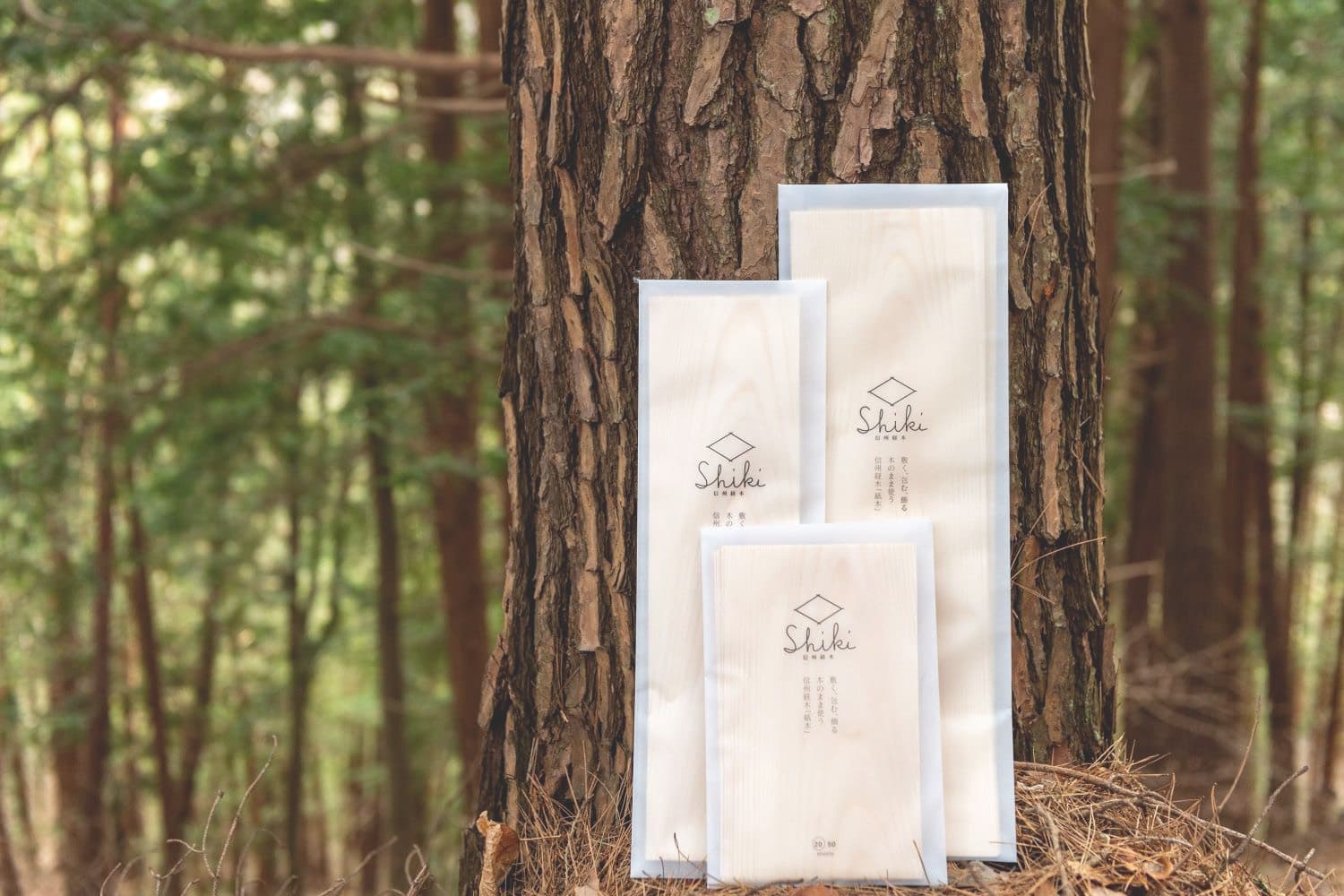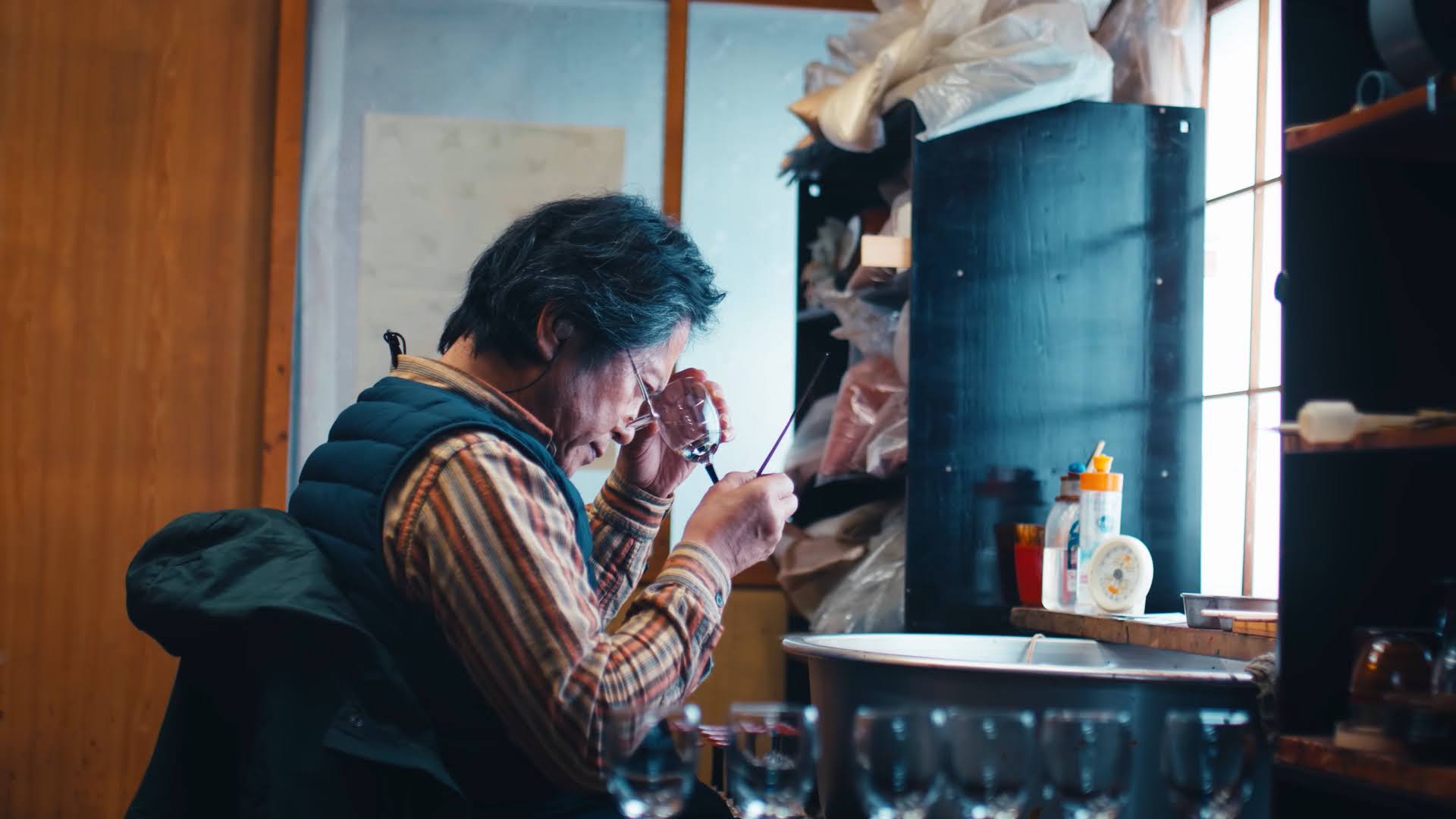
An onliving artistry – OROKUGUSHI・KISO SHIKKI
今も生きる伝統‐お六櫛・木曽漆器
Toson Shimazaki, one of Japan’s most famous writers, described the Kisoji (Kiso Road) in his masterpiece ‘Before Dawn’ as follows: ‘The Kisoji is all in the mountains’. True to Shimazaki’s words, the Kiso region is surrounded by mountains on all sides. As the mountain valleys were unsuitable for agriculture with insufficient arable land and short daylight hours, the people of the region have long made a living from woodworking. In the Edo period, in the first half of the 17th century, the shogunate established Nakasendo, a 530km road connecting Edo (modern day Tokyo) and Kyoto. The steep road in the mountainous Kiso region was known as the Kisoji, and 11 post-towns were formed. The post-towns were crowded with travelers paying homage to Mt. Ontake and merchants on trade missions., The woodwork from the region became highly reputed souvenirs of the famous Kiso journey.
The magic of Orokugushi
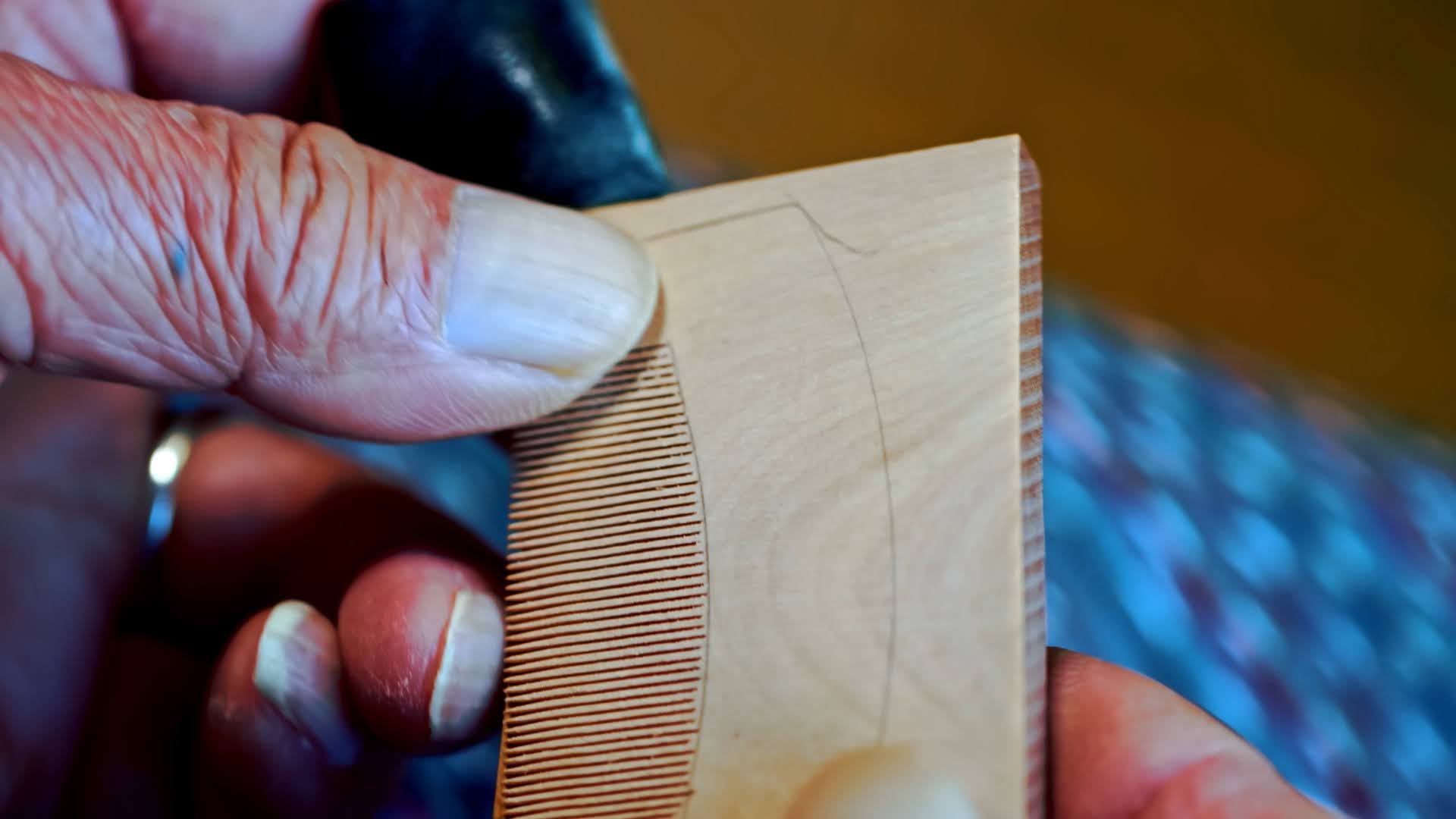
Yabuharajuku is located in the south of the pass, which is said to be the most difficult part of Nakasendo. In this area, ‘Oroku-gushi’, a small comb with 100 teeth which is further ground into a width of about 10 cm, is made. The name of Oroku-gushi, with a history of nearly 300 years, comes from a legend. Oroku was a girl who suffered from headaches. One day, she made a wish to the god of Mt. Ontake, when she was told that she would surely be cured if she combed her hair every morning and evening with a comb made of a tree called Minebari. So Oroku made a comb with Minebari and combed her hair every day, and suddenly her headache disappeared. This legend traveled by word of mouth, and the Oroku-gushi made of Minebari became the must have souvenir of the area.
A popular souvenir – Kiso Shikki

Kiso-shikki (Kiso lacquerware) has a lustrous and elegant design. The craft of making Kiso-shikki has been handed down for over 400 years. The lacquerware is surprisingly comfortable in the hand, and with use, the piece gains more depth. Kiso Hirasawa, a small town where many lacquer craftsmen still work, was known in the Edo period (1603-1868) as the best lacquerware production area on the Nakasendo (mountain road). The origin of Kiso lacquerware is said to date back to the Edo period, when the town’s craftsmen coated the wood of the hinoki cypress with lacquer to make it easier to use. At that time, lacquerware was often decorated with gold leaf and was expensive, but Kiso-shikki, which was durable and practical, was a popular souvenir for common people. Kiso-shikki, decorated with highly polished technique, has an understated and harmonious beauty, but at the same time it has a unique presence. They can be used and cherished for a long time.
Life of Yamoudo: Passing on Skills and Traditions

Kiso has cool summers and extremely cold winters. The harsh natural environment is ideal for lacquering, and high-quality woods such as hinoki cypress and minebari are readily available. The Yamoudo (wood craftsmen) of Kisoji are still learning the traditions and refining their skills while facing the unforgiving environment. We must continue to nurture the bearers of these traditional crafts that have been handed down from generation to generation.
